Conditions
Home / Conditions

Achilles Tendinosis
Achilles tendonopathy is pain affecting the Achilles tendon resulting in degeneration of the tendon. Symptoms usually include pain in the Achilles tendon, which is often worse after rest or with excessive activity. The can be local swelling when in an acute phase or nodules and thickening when in a chronic phase.
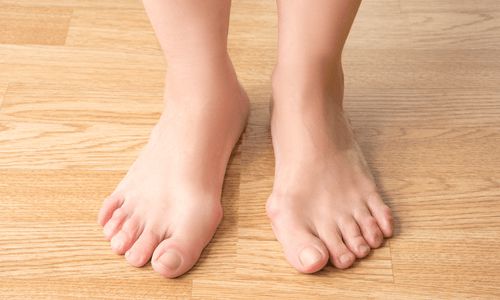
Bunion Management
Being active people we understand the frustration of not being able to exercise due to bunion pain. Bunion pain is a debilitating condition and if not treated early it can result in prolonged pain, deformity and potentially surgery. We have developed treatment strategies to help reduce symptoms and get you back to your normal activities as soon as possible.
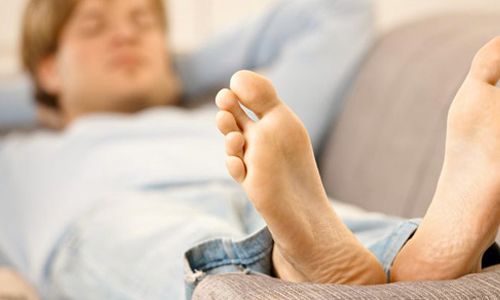
Ball of Foot Pain – Metatarsalgia
At ModPod Podiatry we have a special interest in the diagnosis and treatment of all forefoot conditions. Metatarsalgia is a general term used to denote any pain in the front of the foot. Metatarsalgia is not a diagnosis, there are numerous structures that can cause pain and discomfort in the fore foot. The most common area to give pain is the 2nd and 3rd metatarsal phalangeal joints “ball of foot”, although there are a number of other structures that can create problems.
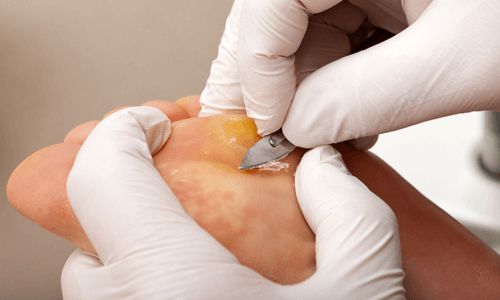
Callous / Corns
A callous is an area of thickened hard skin, which is formed in response to excessive pressure applied to the area. When a callous develops it can be due to a biomechanical abnormality, tight fitting footwear, or some people are more prone to developing callouses.
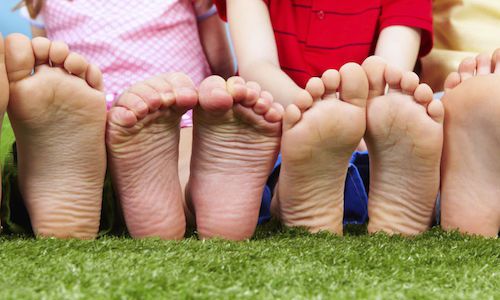
Childrens Feet
The human foot is a very complicated part of the body and the feet of young children are soft and pliable, so abnormal pressures can easily cause the foot to deform. The foot of a child grows rapidly during the first year, reaching almost half their adult foot size.
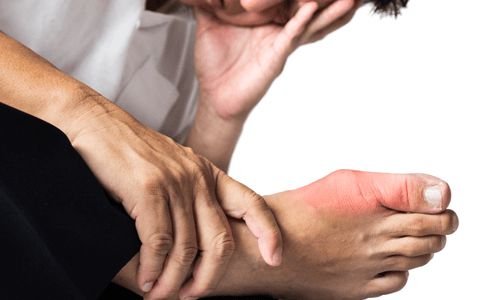
Hallux Limitus / Rigidus
Hallux rigidus/limitusis a disorder of the joint (form of degenerative arthritis)located at the base of the big toe. It causes pain and stiffness in the joint, and with time it gets increasingly harder to bend the toe.
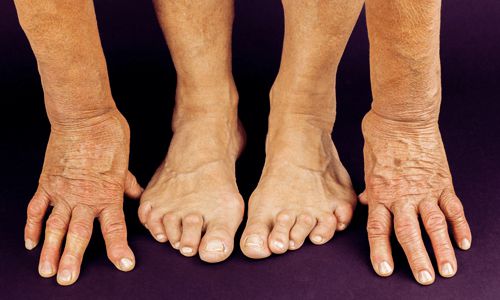
Hammer Toe
Hammertoe is a contracture (bending) of one or both joints of the second, third, fourth, or fifth (little) toes when the long muscles originating from the lower leg overpower the smaller muscles in the foot. This abnormal bending can put pressure on the toe when wearing shoes, causing problems to develop such as pain or irritation of the affected toe when wearing shoes, a buildup of skin (on toe, between two toes, or on the ball of the foot), inflammation, redness, or a burning sensation.
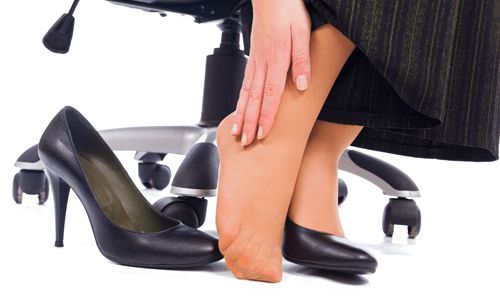
Heel Pain Experts
Being active people we understand the frustration of not being able to exercise due to heel pain. Heel pain is a debilitating condition and if not treated quickly and effectively can result in prolonged pain. We have developed treatment strategies to help reduce symptoms and get you back to your normal activities as soon as possible.
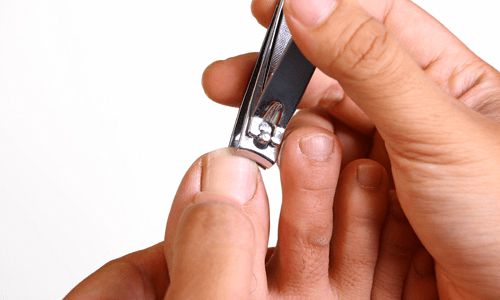
Ingrown Toe Nails
Known to physicians as onychocryptosis, ingrown toe nails are a common, painful condition that occur when skin on one or both sides of a nail grows over the edges of the nail, or when the nail itself grows into the skin.
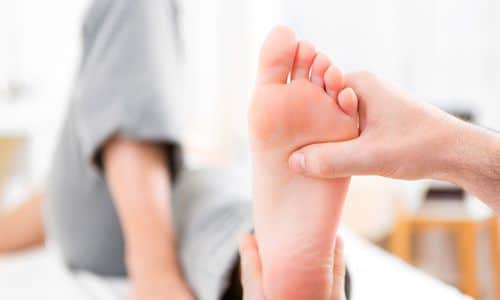
Intermetatarsal Bursitis
A bursa is a fluid-filled cushioning sac. They are located near tendons, ligaments, skin, and muscles that would otherwise rub directly across the surface of a bone. They are very important to prevent friction, absorb shock, and decrease the wear and tear between moving structures. The intermetatarsal bursae are located on the bottom of the foot near the base of the toes. They can be irritated when one metatarsal bone takes more load than the others. When this happens, the soft tissue between the bone and the skin becomes compressed and inflammation in the bursa can begin. Walking barefoot on a hardwood or tiled floor without cushioning will increase pain noticeably due to the direct pressure on the metatarsal bursa.
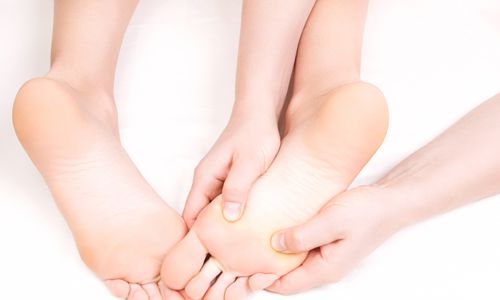
Morton’s Neuroma
Morton’s Neuroma Morton’s Neuroma is swelling and/or an inflammation of a nerve, usually at the ball-of-the-foot between the 3rd and 4th toes.
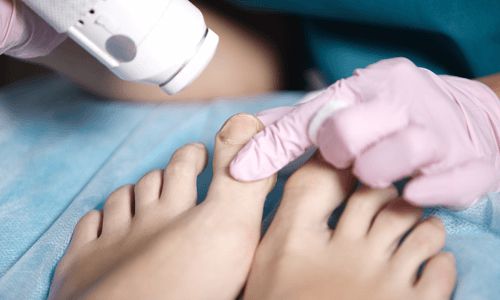
Nail Fungus
It is estimated to effects 1.6 million Australians. Appearance of the nail can range from brown and crumbly through to white and separated. Fungus usually invade the nail because of injury to the nail bed, tight footwear or pre-existing medical condition.
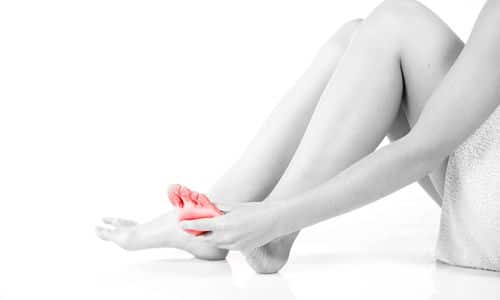
Plantar Plate Tear/Rupture
The plantar plate is a thick ligament on the underside of your foot, running along the first joint of each toe. Its purpose is to act like a support cable and protect the toe joints from pressure and injury, and to prevent the joint from bending upward beyond the normal range of motion. Injury to the plantar plate results to mild to severe pain and swelling under the ball of the foot, extending toward the toes (most commonly the 2nd or 3rd). One or more of your toes may be splayed or clawed. You may also have a sensation of numbness or “burning pain” in your toes, or a feeling like you’re walking on the bones of your foot.

Stress Fracture
Stress Fractures occur when excessive repetitive force is applied to a localized area of bone. Activities such as walking, running, and repeated jumping can subject the bones of the foot to large forces that often lead to microscopic cracks in the bone.

Running Injuries
Whether you are running for fun, fitness or running a marathon, you put yourself and your feet under great stress. On average, you put six times your body weight through each foot when running, which can emphasise any minor or major potential problems significantly.

Shin Splints
Shin splints are characterized by pain in the front or inside aspect of the lower leg. The pain usually develops gradually without a history of trauma, and might begin as a dull ache along the front or inside of the shin (Tibia) after running or even walking.
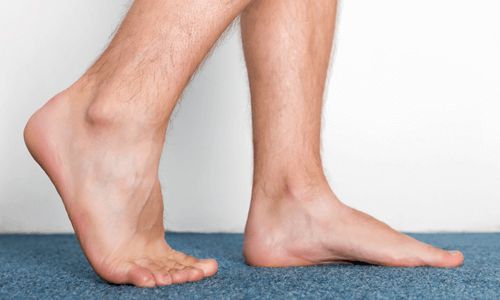
Turf Toe
It is simply a sprain of the ligaments around the big toe joint. It’s a condition that’s caused by jamming the big toe or repeatedly pushing off the big toe forcefully as in running and jumping. The most common symptoms of turf toe include pain, swelling, and limited joint movement at the base of one big toe. The symptoms develop slowly and gradually get worse over time if it’s caused by repetitive injury. If it’s caused by a sudden forceful motion, the injury can be painful immediately and worsen within 24 hours. Sometimes when the injury occurs, a “pop” can be felt. Usually the entire joint is involved, and toe movement is limited.
New Patient Offer
$15 Off First Visit
Only valid to New Patients to ModPod
Not to be used in conjunction with any other offer
Not to be used in conjunction with EPC programme
